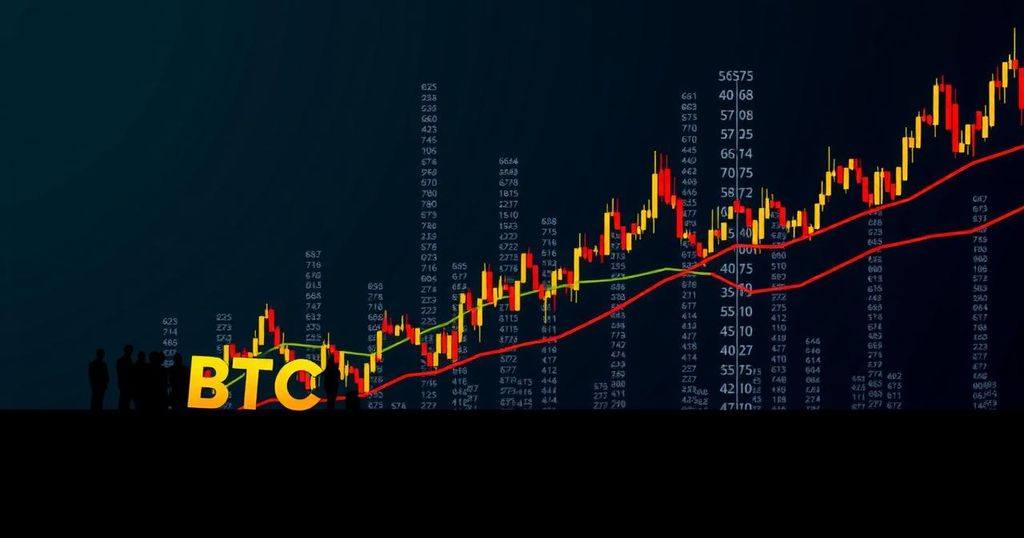The Impact of Bitcoin Spot ETFs on BTC Price Movement
The realm of cryptocurrency investment experienced a notable shift in February 2021 with the advent of Bitcoin exchange-traded funds (ETFs). Purpose Investments, a Canada-based company, made history by becoming the first to introduce a Bitcoin ETF, garnering attention from investors due to the significant inflows it generated on its debut, amounting to over $165 million.
For those who favor direct acquisition, Bitcoin can still be purchased using a credit card. However, ETFs offer an alternative avenue to access the crypto market without the requirement of a Bitcoin wallet or digital exchange. Spot Bitcoin ETFs are distinctive for their possession of real bitcoins as a means to replicate the current value of the cryptocurrency.
Spot Bitcoin ETFs: Operational Processes
A spot ETF is a type of exchange-traded fund that procures the underlying asset and securely stores it. In the context of a spot Bitcoin ETF, this entails the fund acquiring authentic bitcoins and safeguarding them in a secure vault managed by custodians. Employing multiple security levels, such as offline or cold storage, is a common practice to mitigate the risk of cyberattacks.
Following the acquisition of the bitcoins, the fund creates corresponding shares based on the quantity of assets in the vault and offers them on regular stock exchanges. The purpose of these shares is to closely mirror the price of Bitcoin. To accomplish this, the fund manager has the ability to sell or purchase tokens as necessary to rebalance the ETF.
From the investor’s standpoint, obtaining a Bitcoin spot ETF mirrors the process of acquiring any other security or share. Market makers play a vital role in ensuring market efficiency by placing offers to purchase or sell shares.
Advantages and Disadvantages of Spot Bitcoin ETFs
One of the principal advantages of spot Bitcoin ETFs is the convenience and familiarity they afford to investors who have not previously delved into the crypto market. They can utilize familiar brokerages to gain exposure to Bitcoin investments, with the tax implications remaining consistent with traditional ETFs. However, it is important to note that management charges are incurred when using an ETF, unlike when investing directly in BTC, and there are potential tracking errors and security risks to consider.
Spot Bitcoin ETFs vs. Other Bitcoin ETFs
The cryptocurrency ETF market encompasses various types of funds, with spot and derivative-based ETFs being the primary categories for Bitcoin exchange-traded funds. While spot ETFs entail the ownership of Bitcoin, derivative-based ETFs utilize financial instruments to track the cryptocurrency’s price, such as futures contracts.
A comparison of spot and derivative-based Bitcoin ETFs in key areas underscores the distinct differences between the two categories, including price tracking, asset custody, investor simplicity, transparency, and the regulatory framework. Each type of ETF presents its unique benefits and considerations based on individual investor preferences and risk tolerance.
The Ripple Effect on Bitcoin’s Price Dynamics
While Bitcoin ETFs may not directly impact the value of BTC, they can contribute to the expansion of the crypto market for a wider investor pool, enhance Bitcoin’s reputation among mainstream investors, increase trading volume, and potentially lead to lower fees, all of which can influence the price dynamics of the cryptocurrency.
Future Prospects of Bitcoin Price After Bitcoin ETF Acceptance
The acceptance of Bitcoin ETFs is likely to have a positive impact on the value of Bitcoin by attracting additional capital and investors through traditional exchanges. This surge of interest could potentially lead to a new all-time high for BTC, bolstered by the increased accessibility and acceptance of the cryptocurrency within the investment landscape.








Post Comment